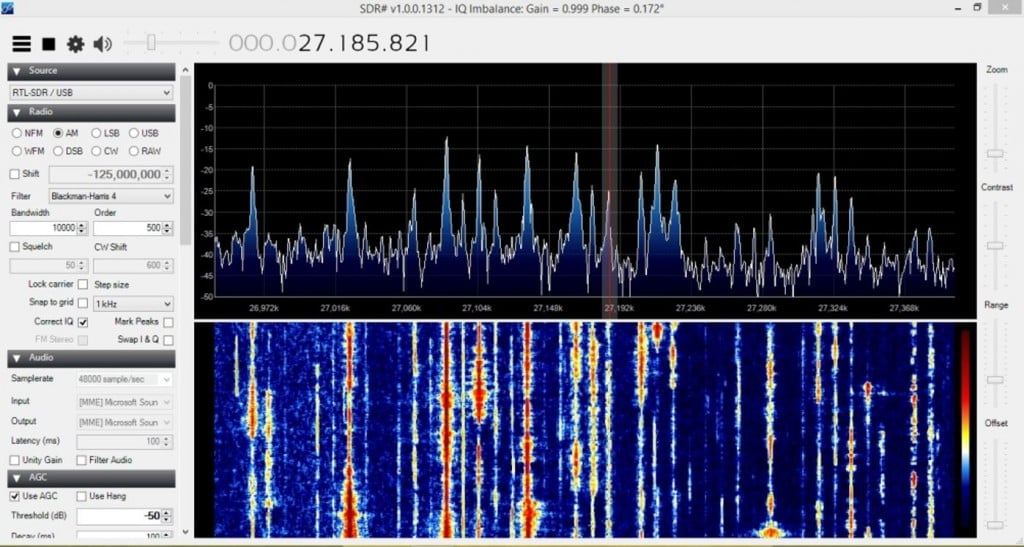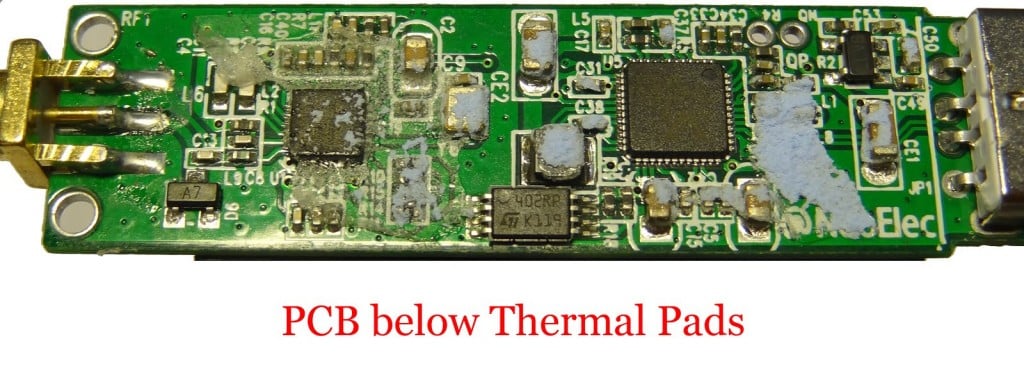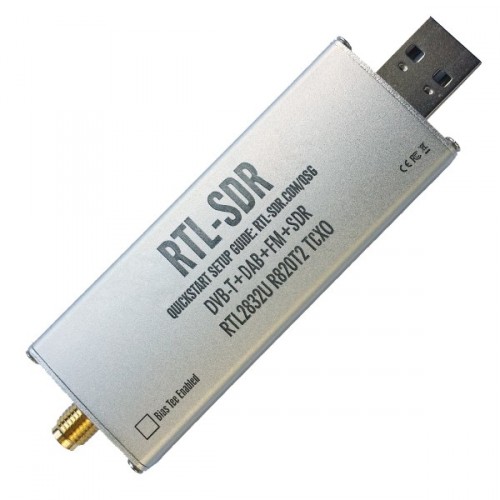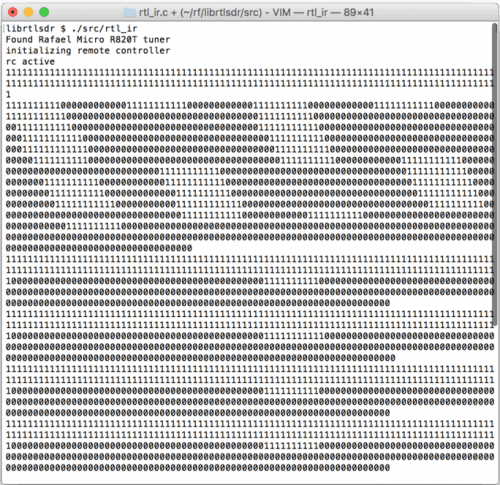A Guide to Listening to CB Radio with an RTL-SDR Dongle
In the June edition of The Spectrum Monitor, SDR enthusiast and ham Mario Filippi N2HUN published an article titled “Your New CB ‘Good Buddy’, the SDR Dongle”. While the CB radio heyday is well and truly over, Mario discusses how an RTL-SDR dongle can be used to have some fun listening to CB without needing to go out and buy a full CB radio. If you don’t know what CB radio is, Mario explains what it is, and its rise and fall in these excerpts:
In the mid-1970’s an early form of social media was sweeping across the country known as CB (Citizens Band) radio. In those years the FCC required CB radio operators to obtain a license, easily gotten by filling out FCC form 505, paying the fee ($20 or $4 depending on what year you applied), and waiting very patiently, usually two to three months for your license to arrive by mail with your call sign.
The concept of wirelessly communicating with others without studying for a licensing exam somehow caught on and was embraced by the American public. As a result, in the mid-70’s CB sets started flying off the shelves by the millions to appease this new insatiable appetite of Americans to talk over the air with their “good buddies” (CB slang for friend). Other major factors played into the oncoming tsunami of CB’ers: gasoline was getting scarce as a result of the recent oil embargo, prices were quickly escalating at the pump, and the Interstate Highway maximum speed was lowered to 55 MPH prompting drivers with heavy feet to communicate the whereabouts of radar-enabled local police (CB slang: Smokies or Smokey Bears) or the cheapest place to fill up. In addition, traffic information such as road conditions, accidents, speed traps and the best greasy spoon location was now available to the commuting public by simply turning on the CB radio and tuning to the trucker’s Channel 19, the epicenter for the latest road-related poop.
By the late ‘70’s there were so many CB’ers congregating on the air causing non-stop channel chatter and ignoring FCC regulations (C.F.R. Part 95) that Uncle Charlie (CB slang for the FCC) eventually dropped the license requirement. The American public now ruled the airways with expanded 40 channel radios and pandemonium. Call signs were replaced by nicknames or “handles” and everyone prided themselves with their own, unique self-descriptive moniker when “ratchet-jawing” (slang for talking a lot) on their CB radio. But when the early 80’s rolled around the public’s fleeting romance with this mode of communication had dwindled markedly and only the diehards remained on the air in happy solitude.
The article goes over several points which may be useful to those who did not play around on CB back in its popular days. He explains how CB radio exists on frequencies between 26.965 MHz to 27.115 MHz and how you should use an appropriate (large) CB antenna, such as an 43 foot S9 vertical antenna. He also notes how CB radio conditions can be affected by ionospheric conditions, and how on a good day (CB is usually open during the day as opposed to the night for the lower frequencies) you can actually receive CB radio from all over the world including Europe, the Caribbean and the US.
As the article is a part of The Spectrum Monitor magazine it is not free to read, but each monthly edition only costs $3 USD, and comes with multiple articles from other authors too, which makes it quite a good bargain read every month. You can find the June edition at http://www.thespectrummonitor.com/june2015tsm.aspx.






